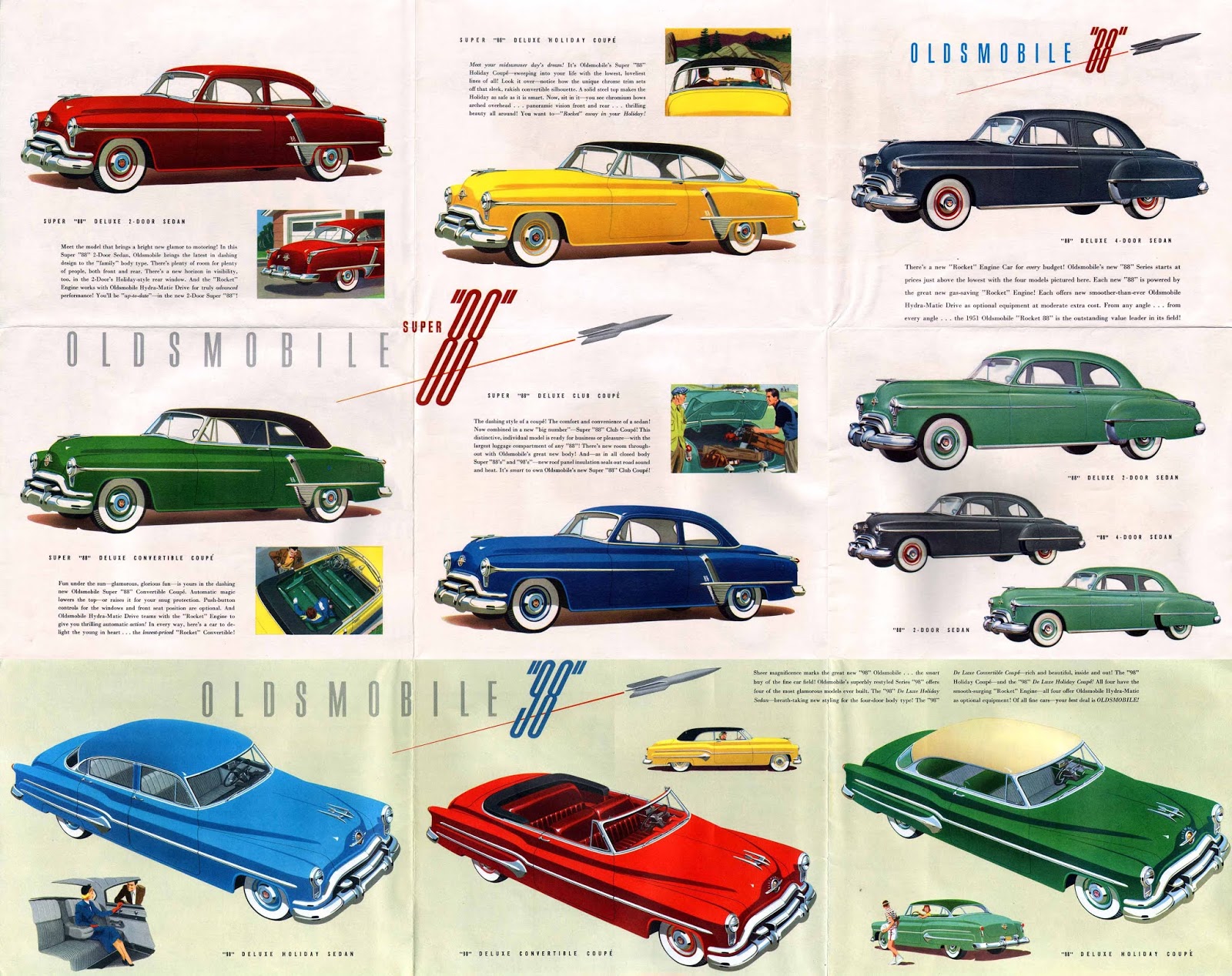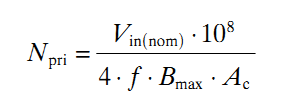The 3-Platform 1951 Oldsmobile Line
Due to its intermingling of body segments, sometimes it can be difficult to identify the plaform a given GM car might be based on. For example, this Wikpedia entry on the B Platform indicates the 1951-vintage Oldsmobile 88 and Super 88 models used that platform. Yet the images below strongly suggest that the 88 line used the A Platform also used by Chevrolet and Pontiac.
Let's take a look.
Fold-out showing many examples of the 1951 Oldsmobile line. Click on the image to enlarge.
First, some images of a for-sale 1951 Oldsmobile 88 four-door sedan.
Along with one of a beat-up for-sale A-Platform 1951 Pontiac four-door from a similar point of view. The main difference from the firewall aft is that the Olds has a one-piece windshield.
Note the distinct rear fender, a holdover from GM's first-generation post- World War 2 styling.
The rear backlight window is comparatively small.
Factory photo of a 1951 B-Platform Oldsmobile Super 88 four door sedan. Front and rear fenders are blended.
Front quarter view, unknown photo source. Super 88 grilles are new for '51 whereas 88s retained the 1950 Olds design.
Rear quarter view of a for-sale Super 88 showing its three-piece wraparound backlight.
A for-sale 1951 C-Platform Oldsmobile 98, the top of the line. The wind buffers atop the side windows are accessories, and the wire wheels were added later.
The C- based body is different in most details from the Super 88 B-Body.
What unites the three models is the grille and related frontal detailing along with brand symbols such as the hood ornament, the ringed planet fore and aft, and the Olds coat of arms on the hubcaps..













Comments
Post a Comment